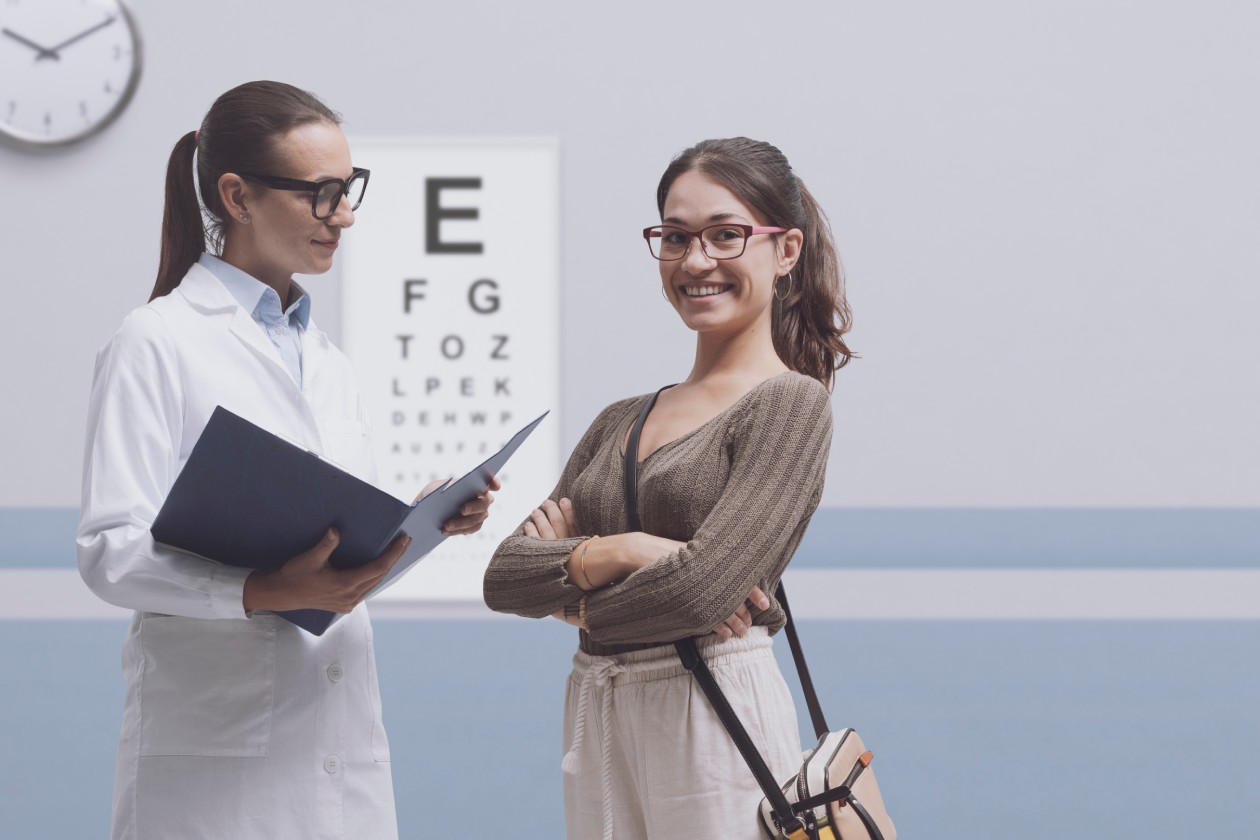A visit to the optometrist can seem intimidating, especially for first-timers. But understanding the process can transform it into a reassuring experience. Upon entering the clinic, you’ll be in the hands of skilled professionals dedicated to ensuring your eye health. They use advanced technology and personalized care to evaluate your vision and overall eye condition.
By demystifying what to expect at the eye doctor, we hope to make your next visit an experience you can look forward to rather than dread.
Table of Contents
Comprehensive Medical History Review
Your optometrist will begin by discussing your medical history in detail. This conversation includes questions about your overall health, medications you’re currently taking, and symptoms or issues you’ve noticed with your eyes.
Understanding your family’s medical history, especially regarding eye conditions, will help your optometrist identify potential risk factors and tailor the examination and treatment plan to your needs.
Visual Acuity Test
The next step may be familiar to you. You’ll be asked to read from an eye chart from afar, which usually features rows of letters that decrease in size. This test assesses how well you can see at different distances. The results may determine whether you need prescription glasses or contact lenses and identify conditions like nearsightedness, farsightedness, or astigmatism.
Additionally, the optometrist will place various lenses in front of your eyes to refine your prescription and ensure the clearest possible vision.
Eye Health Evaluation
A thorough eye exam also involves looking at the external and internal structures of your eyes. The optometrist uses specialized equipment, like a slit lamp, to inspect the front of your eye, including the cornea, iris, and lens. For the internal examination, advanced tools such as optical coherence tomography (OCT) provide detailed images of your retina and optic nerve.
These steps are essential for detecting eye diseases such as glaucoma, cataracts, macular degeneration, and diabetic retinopathy. Early detection and management of these conditions are critical for maintaining long-term eye health.
Pupil Dilation
Your optometrist may dilate your pupils with eye drops to give them a better view of your retina and optic nerve. This process is crucial for detecting underlying conditions that might not be visible with undilated pupils.
While pupil dilation can cause temporary light sensitivity and blurred vision, it provides invaluable insights into your eye health. The doctor will be able to detect issues like retinal detachment, tumors, and other serious conditions. The temporary discomfort is a small price to pay for the benefits of a thorough examination!
When you understand what happens at an optometrist appointment, you transform a potentially stressful experience into one that feels manageable and reassuring. Regular eye exams are vital for maintaining overall health, ensuring clear vision, and catching potential issues early. Whether it’s been a while since your last visit or you’re scheduling your very first, you can walk into the clinic with confidence!




